Recently, the Thanh Tri rice paper making profession (Vinh Hung ward, Hanoi) was recognized by the Ministry of Culture, Sports and Tourism as a national intangible cultural heritage in the category of folk knowledge and traditional handicrafts.
Thanh Tri rice paper village is one of the ancient villages famous for its traditional rice paper making that has existed for hundreds of years. This is not only the place that produces the thin, delicious rice paper but also the cradle of the unique culinary culture of the ancient Thang Long land.
Features
According to local elders, the craft of making banh cuon in Thanh Tri has been passed down since the Hung King period, when An Quoc, the son of the 18th Hung King, taught the villagers to reclaim the land and make banh cuon. Through many generations, the people here still maintain the traditional way of making: choosing good rice, grinding flour with a stone mortar, making banh cuon on a steamer, spreading scallion oil and rolling the banh cuon by hand.
Thanh Tri rice rolls are a famous traditional dish of Thanh Tri, Hanoi , imbued with the flavor of the homeland and the sophistication of Northern cuisine. Unlike many other types of rice rolls, Thanh Tri rice rolls do not have fillings but are made from finely ground rice flour, spread thinly on a steamer, creating layers of soft, chewy, thin as silk.

Rice flour is mixed with water in the right proportion to create the right smoothness and elasticity. When spreading, the maker must be very skillful so that the cake does not tear, keeping it thin and even. After cooking, the cake is gently rolled or layered, sprinkled with fragrant golden fried onions. Even without filling, Thanh Tri rice rolls are still attractive thanks to their light, delicate flavor.
The cake is usually eaten with cinnamon sausage, pork sausage, or fried spring rolls, dipped in sweet and sour fish sauce, adding a little bit of water bug oil if you want to enhance the unique flavor. Each piece of cake is a blend of the softness of the cake, the richness of the dipping sauce and the aroma of fried onions.
Every year, on the 1st day of the 3rd lunar month, Thanh Tri village organizes a village festival with a rice paper making competition between villages, which is both an opportunity for exchange and a way to preserve the traditional craft. In 2024, Thanh Tri rice paper making village was recognized as a "Hanoi traditional craft village", marking a new step in the preservation and promotion of local culture.
Chairman of Vinh Hung Ward People's Committee Pham Hai Binh said that to be recognized as a National Intangible Cultural Heritage, Thanh Tri rice rolls need to meet a number of main criteria according to the regulations of the Ministry of Culture, Sports and Tourism of Vietnam: Representativeness, reflecting the unique cultural identity of the community and region. Inheritance, passed down from generation to generation, demonstrating creativity and cultural diversity. Ability to survive long term, with the potential to recover, maintain and develop in the future. Community consensus: nominated and committed to protection by the owning community.
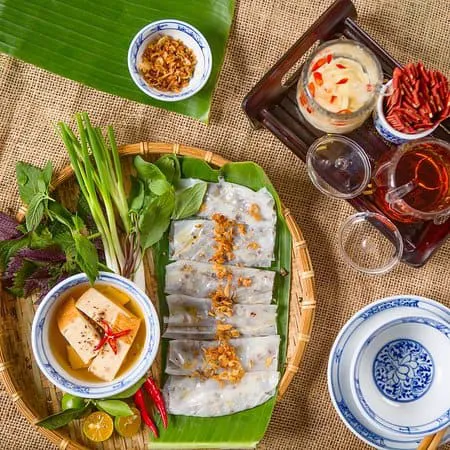
The recognition of Thanh Tri rice rolls as a national intangible cultural heritage opens up many opportunities for outstanding development for this traditional craft village.
Development opportunities
Thanh Tri rice rolls being recognized as a national intangible cultural heritage opens up many opportunities for outstanding development for this traditional craft village. First of all, this title helps to enhance the cultural value of the dish, attract the attention of domestic and foreign tourists, thereby promoting the strong development of local tourism.
When it becomes a heritage, Thanh Tri rice rolls will be invested in more systematically for preservation, from the production process to the craft village space. Media programs, culinary festivals, and experience tours will help widely promote the image of the craft village, creating conditions for the younger generation to continue the tradition.
Heritage designations help increase brand value, expand consumer markets, and thereby increase people’s income. Production facilities can combine with community tourism models, creating more jobs and promoting sustainable economy.
This recognition is not only a source of pride but also a driving force for Thanh Tri rice rolls to reach out and become a symbol of Vietnamese culinary culture on the world map.
Source: https://kinhtedothi.vn/banh-cuon-thanh-tri-duoc-cong-nhan-la-di-san-van-hoa-phi-vat-the-quoc-gia.812360.html











![[Photo] Unique Phu Gia horse hat weaving craft](https://vphoto.vietnam.vn/thumb/402x226/vietnam/resource/IMAGE/2025/10/10/1760084018320_ndo_br_01-jpg.webp)



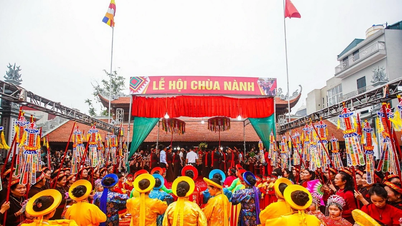








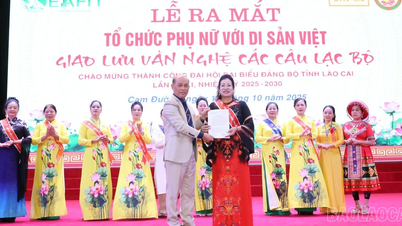

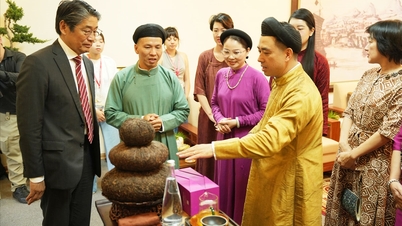






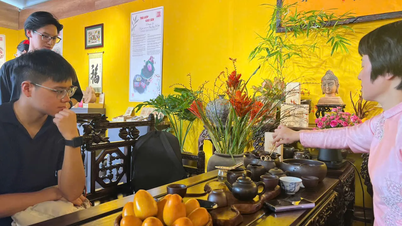
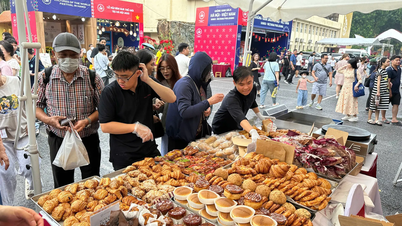



![[Photo] Solemn opening of the 1st Government Party Congress](https://vphoto.vietnam.vn/thumb/1200x675/vietnam/resource/IMAGE/2025/10/13/1760337945186_ndo_br_img-0787-jpg.webp)













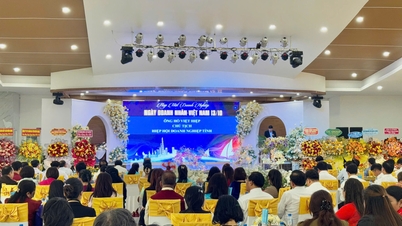




















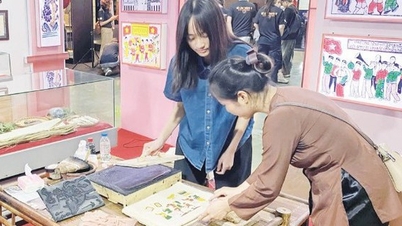

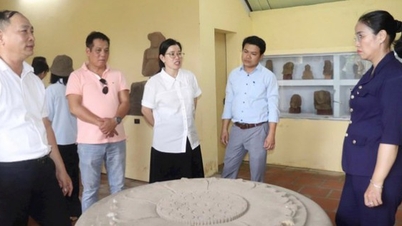












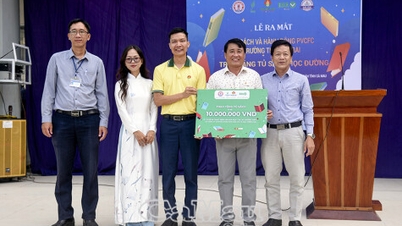
















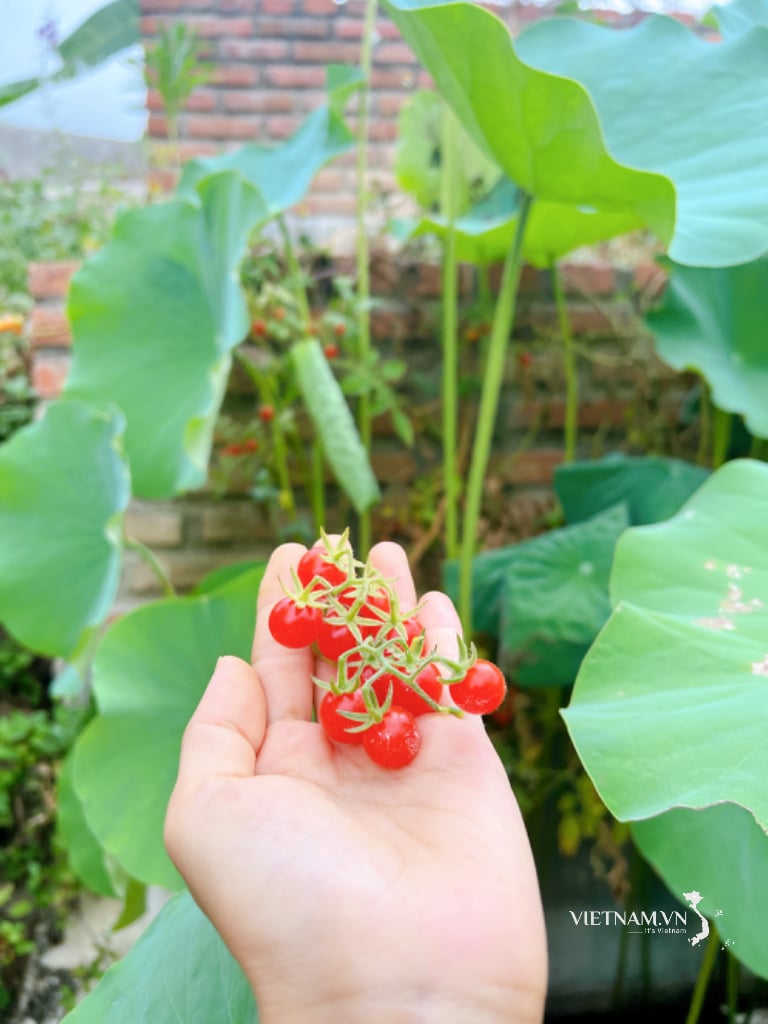


Comment (0)